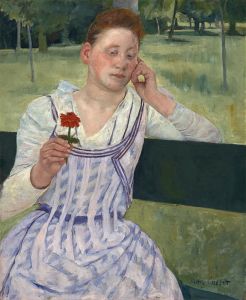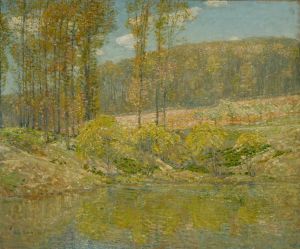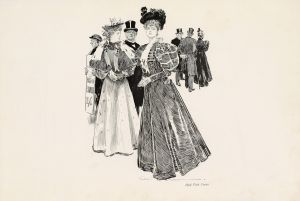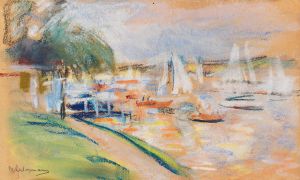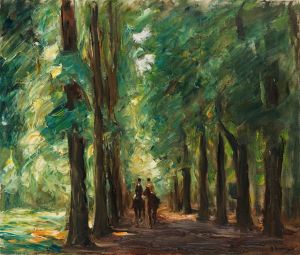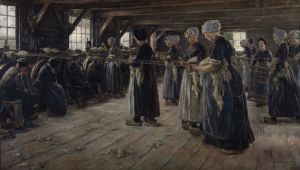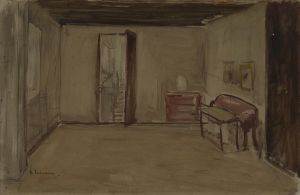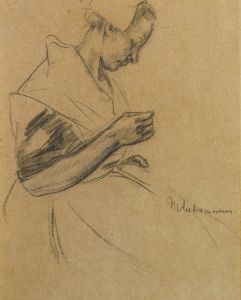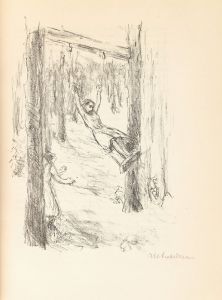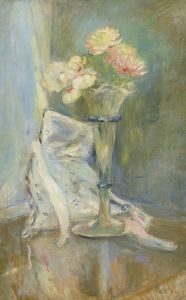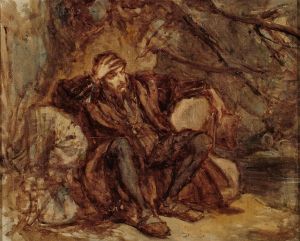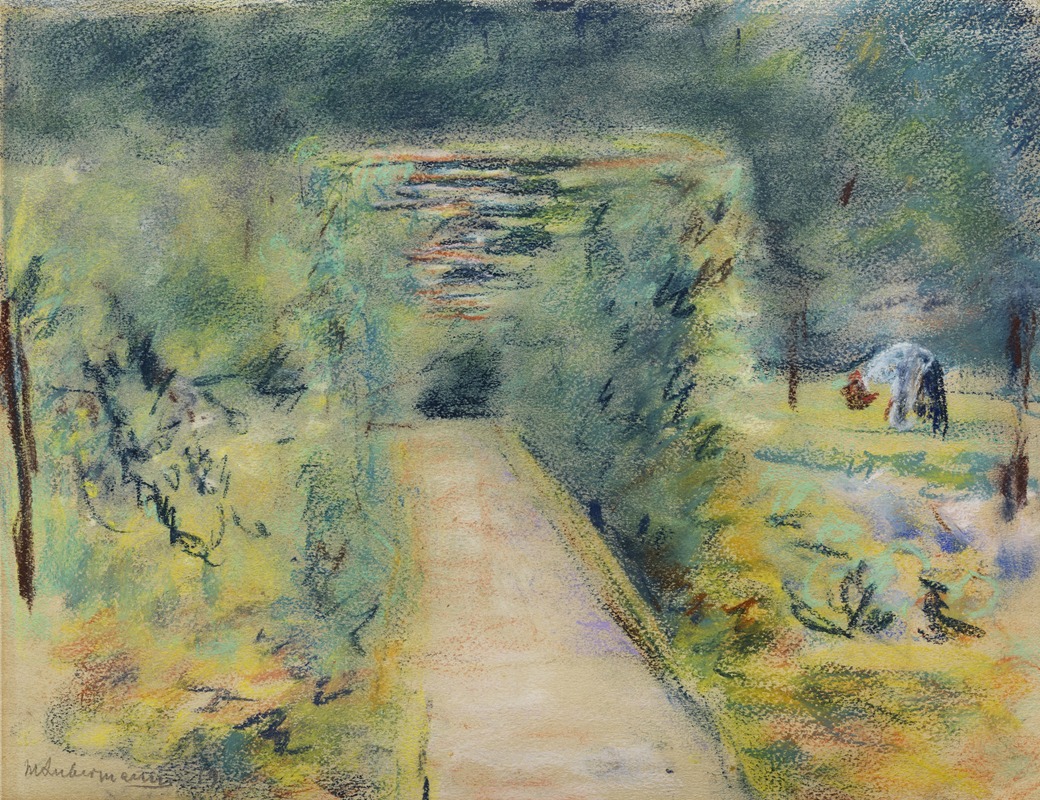
Wannseegarten
A hand-painted replica of Max Liebermann’s masterpiece Wannseegarten, meticulously crafted by professional artists to capture the true essence of the original. Each piece is created with museum-quality canvas and rare mineral pigments, carefully painted by experienced artists with delicate brushstrokes and rich, layered colors to perfectly recreate the texture of the original artwork. Unlike machine-printed reproductions, this hand-painted version brings the painting to life, infused with the artist’s emotions and skill in every stroke. Whether for personal collection or home decoration, it instantly elevates the artistic atmosphere of any space.
Max Liebermann's painting Wannseegarten is one of the notable works by the German Impressionist painter, who is widely regarded as a leading figure in modern German art. Created in the early 20th century, the painting depicts the garden of Liebermann's summer residence on the shores of Lake Wannsee in Berlin. Liebermann purchased the property in 1909 and spent much of his later life there, finding inspiration in its serene surroundings. The villa and its meticulously designed garden became recurring subjects in his work, reflecting his deep connection to the location.
Wannseegarten showcases Liebermann's mastery of light, color, and atmosphere, hallmarks of his Impressionist style. The painting captures the interplay of sunlight and shadow across the garden, with its carefully arranged flower beds, trees, and pathways leading toward the shimmering waters of Lake Wannsee. Liebermann's brushwork emphasizes the vibrancy of the natural setting, creating a sense of movement and vitality. The composition often conveys a tranquil and intimate mood, inviting viewers to experience the peacefulness of the scene.
The garden itself was designed in collaboration with Liebermann and the landscape architect Alfred Lichtwark, who shared a vision of blending natural beauty with artistic expression. Liebermann's depictions of the Wannsee garden are considered significant not only for their aesthetic qualities but also for their personal and historical context. They reflect the artist's retreat from the bustling urban life of Berlin to a more contemplative environment, where he could focus on his art and enjoy the beauty of nature.
Max Liebermann's works, including Wannseegarten, were celebrated during his lifetime, but his legacy faced challenges during the rise of the Nazi regime. As a Jewish artist, Liebermann was marginalized, and his art was labeled as "degenerate" by the Nazis. Despite this, his contributions to German art and culture remain highly regarded, and his paintings continue to be exhibited and studied worldwide.
Today, the Liebermann Villa at Wannsee has been preserved as a museum dedicated to the artist's life and work. Visitors can explore the restored garden and view many of Liebermann's paintings, including those inspired by the Wannsee landscape. Wannseegarten stands as a testament to Liebermann's artistic vision and his ability to capture the harmony between humanity and nature.






